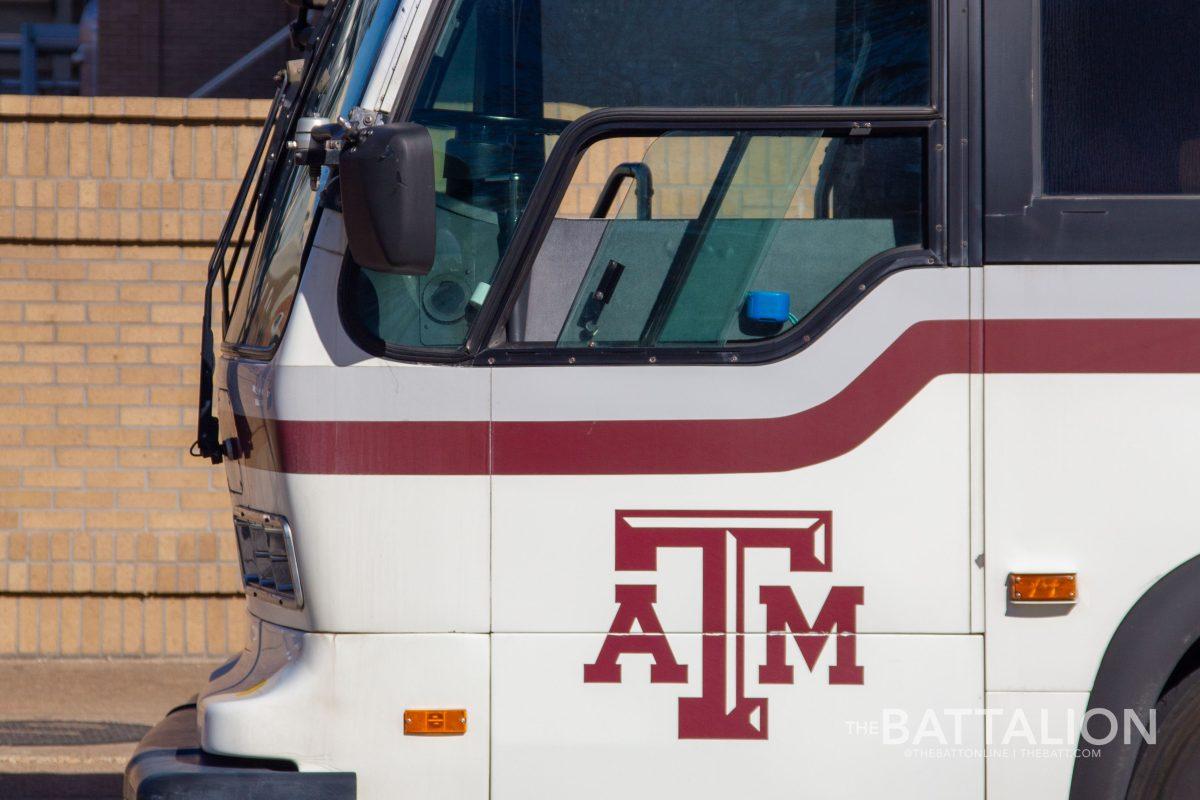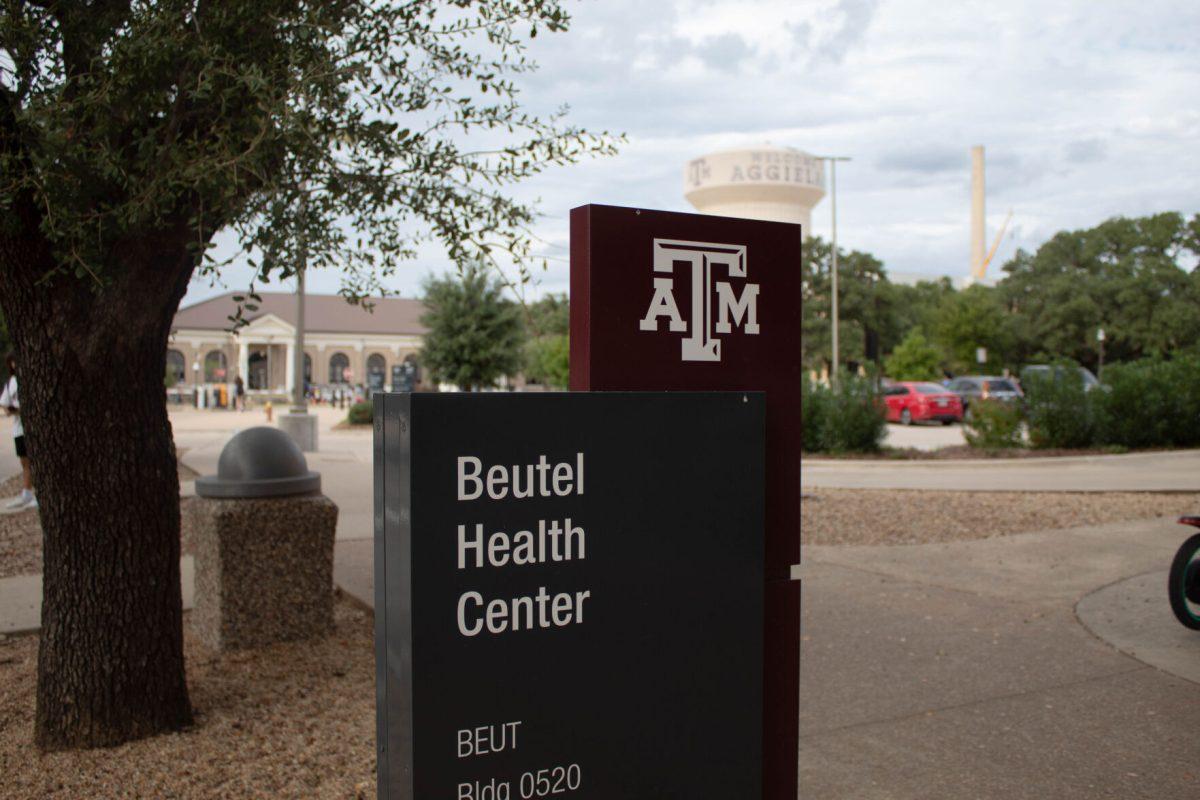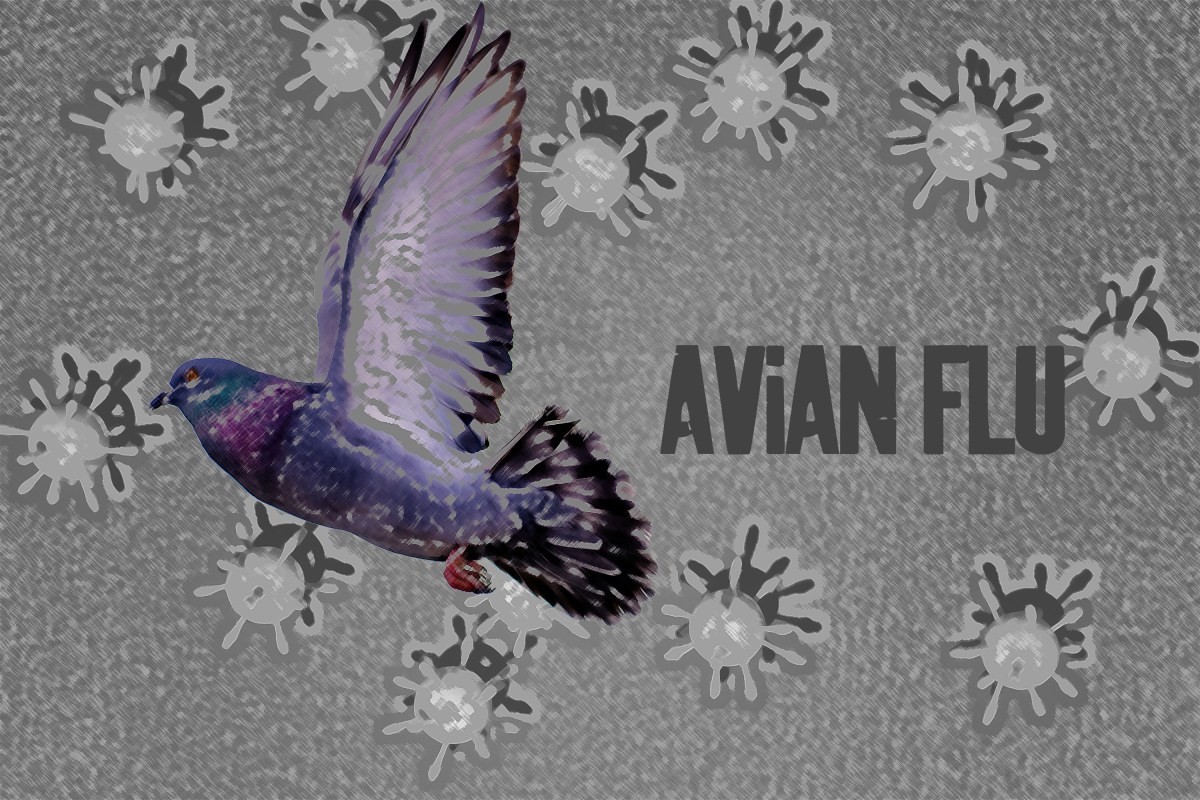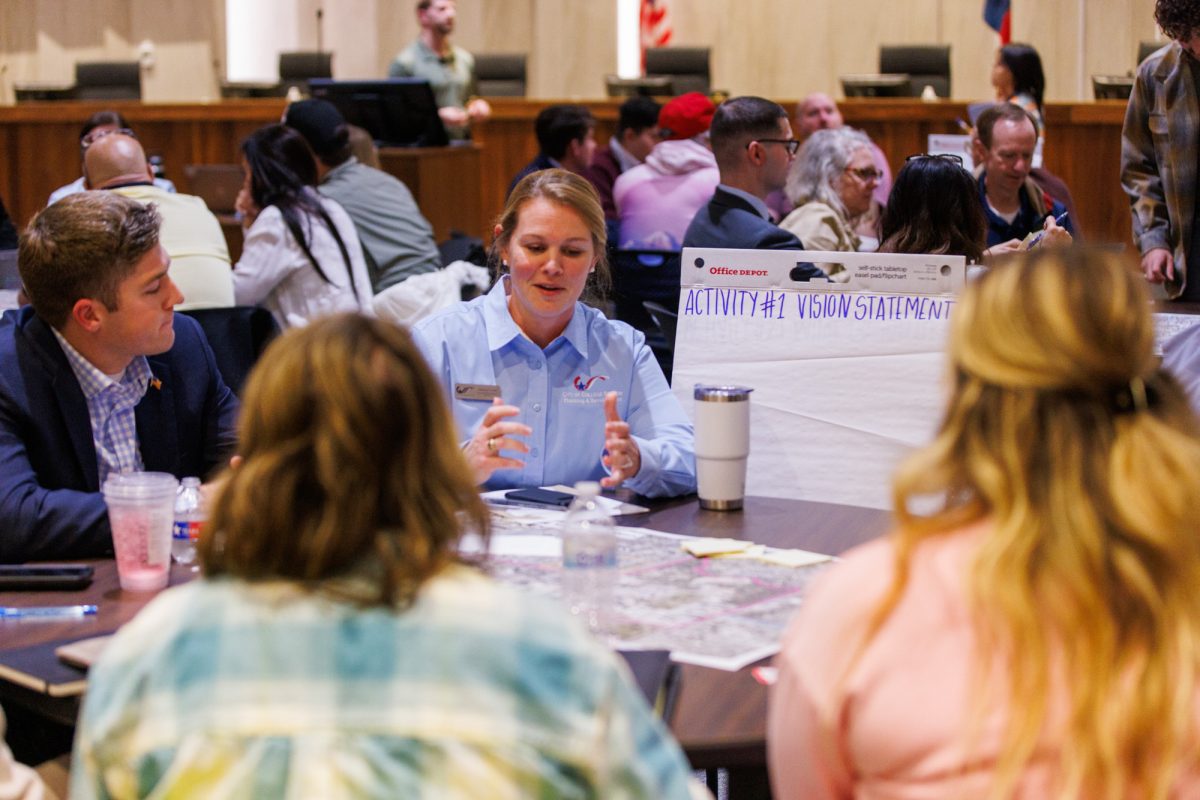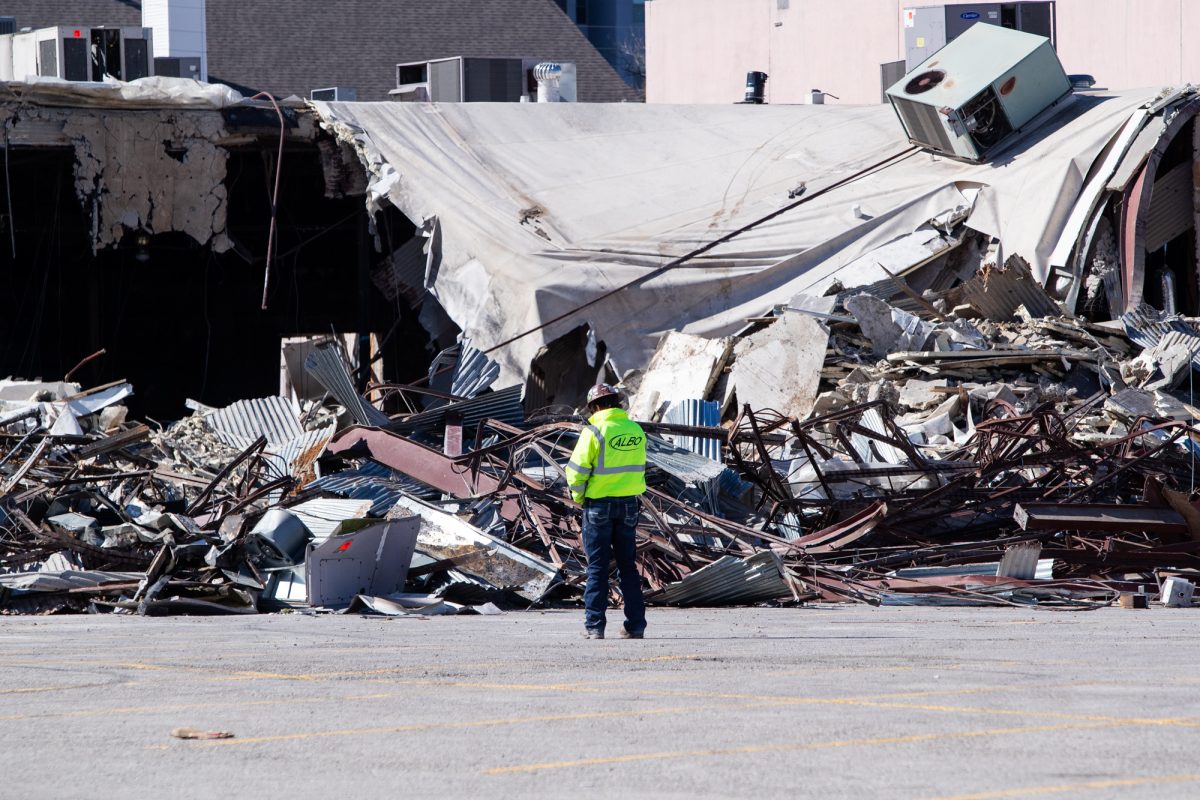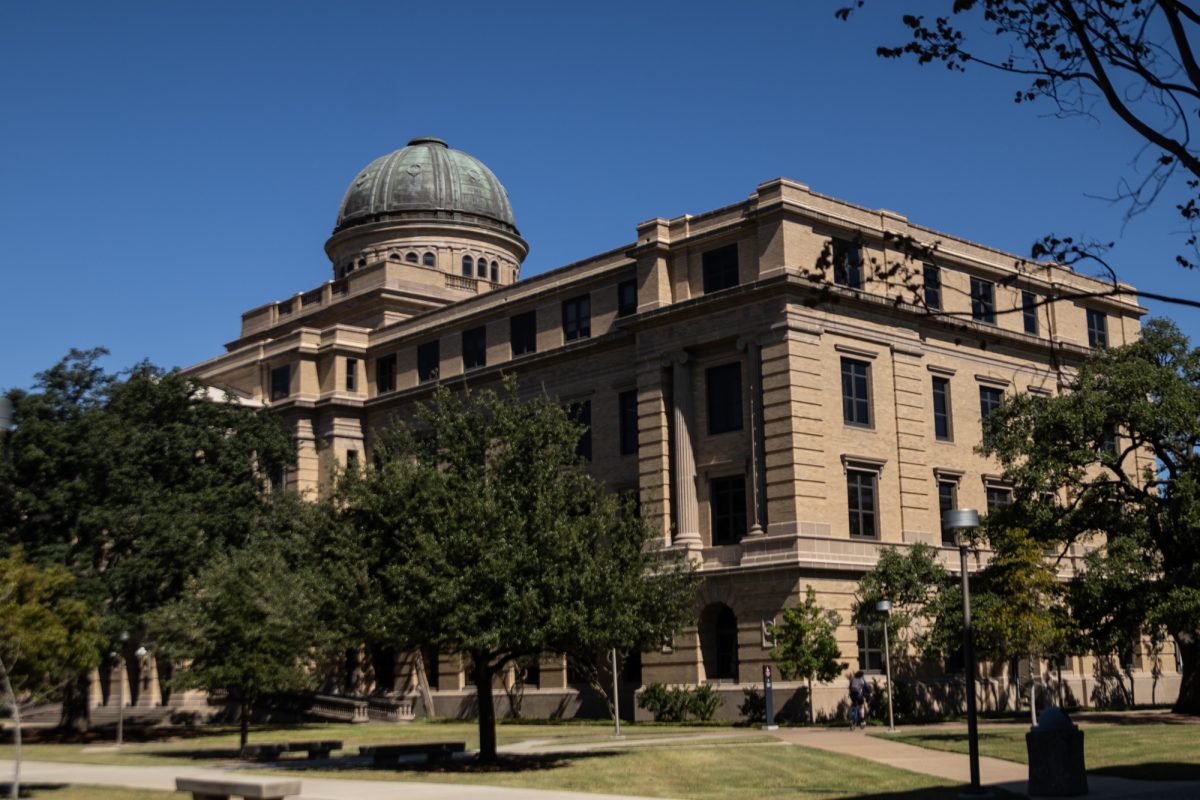The beginning of the semester has come and gone and once again displayed tension between students attempting to get to classes and the Texas A&M bus system.
A&M Transportation Services continues to operate below its full capabilities, lacking sufficient student drivers to combat the influx of students during the first weeks of classes. Coupled with the decreased demand during A&M’s hybrid model during COVID-19, students are struggling to get to classes.
Current bus driver and political science senior Ben Waddill said the process of becoming a bus driver is fulfilling yet difficult.
“I get a lot more enjoyment from the job,” Waddill said. “People ask me whether it’s a difficult job. It is, but I enjoy the fast-paced environment. There’s a long training process where you’ll find out if you don’t like it.”
Due to this fast-paced environment, employee turnover is a frequent concern. When demand is high, especially during the beginning of a semester, Waddill said some drivers choose not continue with the job.
“If you’re not a person who is comfortable in that environment where you are constantly multitasking, it can be very difficult to handle,” Waddill said. “Not everyone is capable of doing this job. The beginning of the semester is typically when you see most drivers quit.”
Like other campus jobs dependent on students, the frequent turnover due to graduating drivers requires employers to continually hire and train new employees. Transportation manager Justin Tippy said the transit department is continuously looking for new hires throughout the year.
“The number of drivers we have on staff is constantly fluctuating,” Tippy said. “We started the fall with about 195 students and 24 budgeted full-time drivers, and we began the spring with 185 students and 25 budgeted full-time drivers … While our total staffing numbers are similar to last semester, we are experiencing a higher volume of COVID-[19]-related staffing shortages, which has, at times, reduced the number of buses on route.”
Although the transit department is equipped to train 25-45 drivers at a time, Wadill said the number of bus drivers is still far below the required amount.
“At any point, we have 25-45 drivers in our training process,” Waddill said. “We were short of 100 at the beginning of the semester with 46 people currently training.”
An anonymous student driver and oceanography senior signaled that this trend resembles a feedback loop. Due to shortages of bus driving veterans, others within Transportation Services are charged with picking up the slack while supervisors train new drivers, slowing down some of the training process.
“One of the issues to getting more drivers is that the supervisors have to drive as well. They can’t train anybody because they’re driving, because we don’t have enough drivers,” the student driver said.
To combat the shortage of drivers, the transit attempted to recruit more drivers with the incentive of an increase in wages, Tippy said.
“The pay rate was raised from $12 to $13 per hour in mid-November 2021 to increase retention and attract more applicants,” Tippy said. “We are hiring on a daily basis, and the flexible on-campus work schedule and pay rate makes this possible.”
The anonymous student driver said the recent hourly wage increases seems to have a negligible impact in recruiting new drivers compared to previous wage increases.
“A few years ago, I believed that the hourly wage was at $9.75,” the student driver said. “When they increased it to $12, they had a surge of people signing up. I’m not sure if the increase to $13 has been as helpful,” the student driver said.
Although the pay raise went active in November 2021, no increase in drivers occurred. Tippy said lengthy training periods offset the ability for new drivers to supplement openings.
“Most drivers we hire do not have a Commercial Driver’s License, so we guide them through from start to finish which requires an extensive training regimen,” Tippy said. “The training process takes anywhere from one to two and a half months to complete, depending on student schedules, so there is a significant delay between when a driver is hired and when they can operate a 40-foot bus on their own safely.”
When the bus system seems the most inadequate to handle the demand for transportation, Waddill said transit anticipates this.
“The way we structure and organize ourselves, we’re based for week three and beyond for the semester. Everyone goes to class the first week, but not everyone goes to class week three. So, having that many buses is a waste, but that means that the first week is always hectic.” Waddill said.
Planning toward the third week of school, citing lower demand, coupled with a decline in drivers has affected students’ ability to get to class on time at the beginning of the semester. The anonymous driver said that is something they worry about.
“There’s not a lot of people driving. That causes a lot of routes to be dropped and no one is able to drive that route. It makes things slow down a bit for those people attempting to use the bus system,” the student driver said.
The student driver said they believe this trend is improving and hopes more Aggies will sign up to help other students.
“It’s still the highest-paying student job,” the student driver said. “Passengers sometimes are frustrating, but the job itself is not hard. I would like for more people to sign up for it because you’re really helping your fellow Aggies.”
A&M bus system struggles to account for student demand
February 23, 2022
0
Donate to The Battalion
$810
$3500
Contributed
Our Goal
Your donation will support the student journalists of Texas A&M University - College Station. Your contribution will allow us to purchase equipment and cover our annual website hosting costs, in addition to paying freelance staffers for their work, travel costs for coverage and more!
More to Discover




